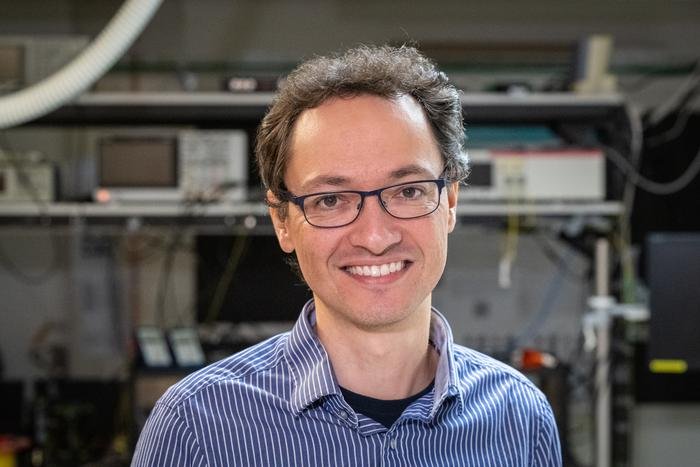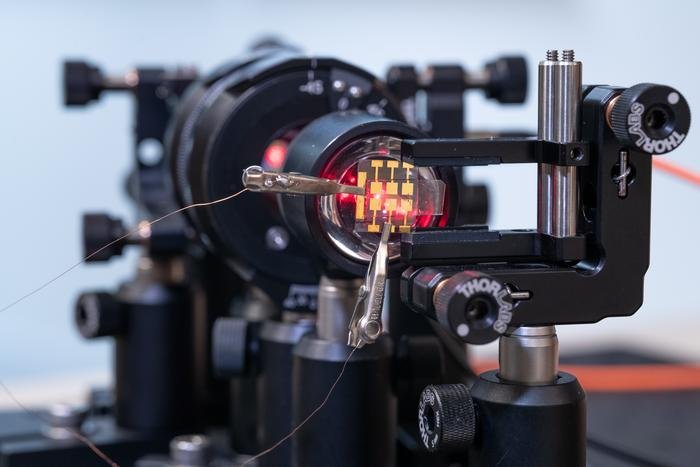The development of a new kind of random number generator for use with encryption could help ensure safer and less expensive information exchange, according to the findings of a team of Swedish researchers.
The device, a new type of Quantum Random Number Generator (QRNG) developed by researchers at Linköping University, could also potentially enable novel kinds of quantum communication with applications in a variety of fields.
Protecting information is a vital aspect of our modern connected world, and it is becoming increasingly difficult as hackers find more creative ways to compromise the personal information of individuals.
For years, one of the most common methods relied on for protecting potentially sensitive information is the use of encryption, where information is converted into a code to ensure that it remains secure, especially when transmitted over the web.
To encrypt digital information, a random number generator is used to create keys that convert information into a cipher and thereafter unlock the encrypted information once it arrives at its intended destination.
While digital random number generators can provide a degree of protection, the use of physical hardware to generate random keys is preferred by experts since it helps ensure a safer option thanks to the control of random generation through physical processes.
As their name implies, QRNGs rely on quantum phenomena to help optimize the generation of random information. Guilherme Xavier, a researcher at the Department of Electrical Engineering at Linköping University and part of the team that produced the new QRNG, says that such devices can help make sure that the random information generated remains entirely secure.
“With QRNG’s, we can certify that a large amount of the generated bits is private and thus completely secure,” Xavier said in a statement. “And if the laws of quantum physics are true, it should be impossible to eavesdrop without the recipient finding out.”


The Swedish team, along with researchers with Linköping University’s Department of Physics, Chemistry and Biology (IFM), say they have successfully demonstrated a QRNG that can not only provide excellent encryption but may also be useful in a range of other applications, which include computer simulations.
Part of what makes the team’s QRNG unique is that it employs light-emitting diodes (LEDs) made from perovskite, a mineral composed mostly of calcium titanate, which is cost-effective but also reliable for use in such applications.
Feng Gao, an IFM professor and part of the research team, has spent more than a decade studying perovskite and its unique properties. Gao says that in addition to helping ensure that the QRNG can be made available at reasonable costs, it is also more environmentally friendly since LEDs made from Perovskite require less energy than standard varieties.
Despite its usefulness, perovskite has some drawbacks currently. The researchers say that in order to extend its current 22-day lifetime will require making the mineral lead-free. Still, Xavier believes the team’s new QRNG could be available for use with encryption technologies as soon as the next five years.
Xavier and the team have published a paper detailing their findings, “Quantum random number generation based on a perovskite light emitting diode,” which was recently published in Communications Physics.
Micah Hanks is the Editor-in-Chief and Co-Founder of The Debrief. He can be reached by email at micah@thedebrief.org. Follow his work at micahhanks.com and on Twitter: @MicahHanks.

